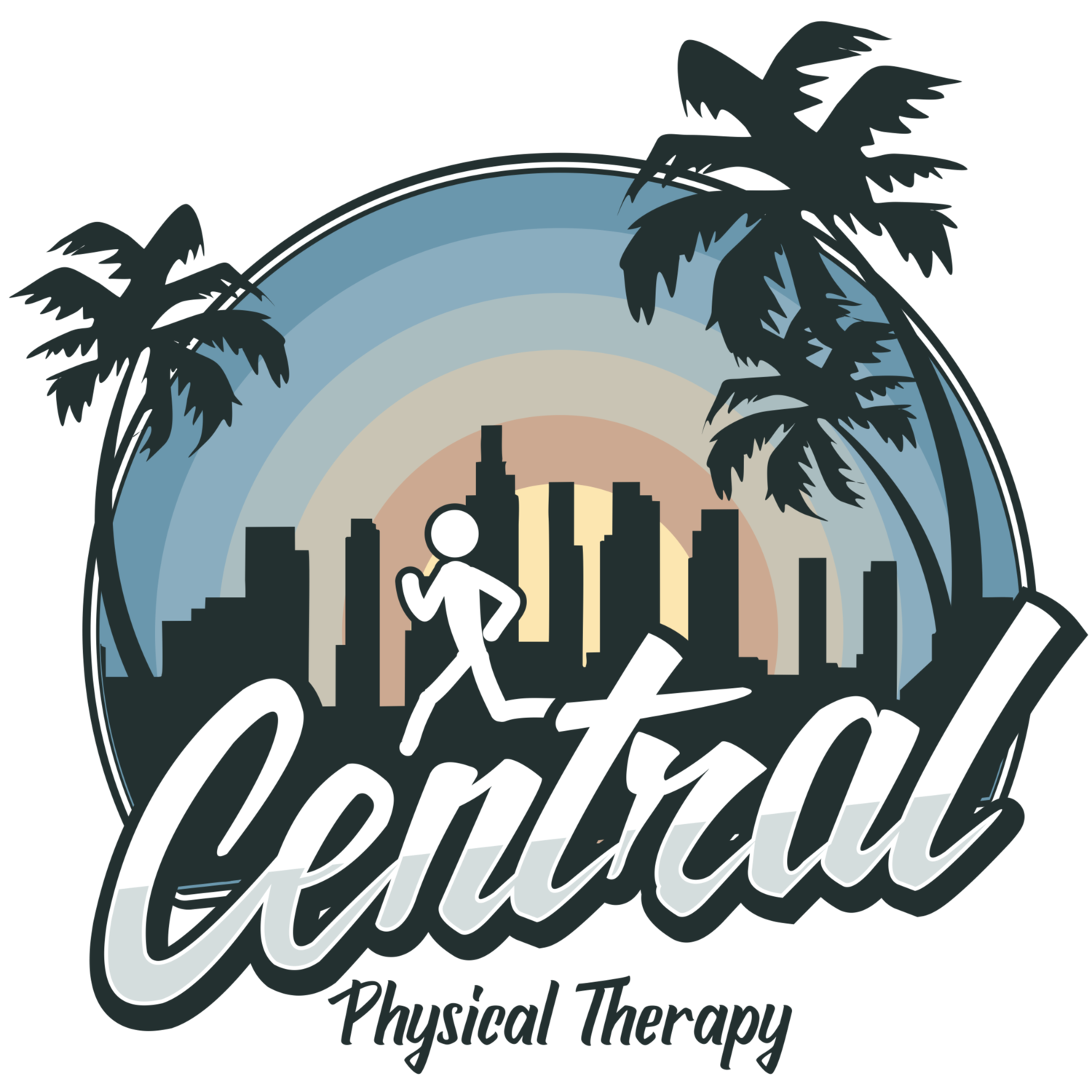
Frequently Asked Questions (FAQ)
-
With so much information on the internet these days it’s important to know you’re getting credible information from a qualified professional. General advice like “exercises for low back pain” may not be a big deal for a minor issue but could make things worse for someone with a more serious condition. PTs have a doctoral level of education and have studied the gamut of injuries and dysfunctions. They could help discern what’s going on and how to treat it effectively. There are not many professionals out there who could offer you the combination of treatments that PTs could offer, including an initial evaluation, manual treatment, and exercise. Also, not all therapists are the same so it may be beneficial to try it even if you’ve had PT before.
-
Anyone could benefit from physical therapy. Whether it’s for pain, proper breathing, trunk stabilization, or learning optimal movement, physical therapy could be helpful for your everyday person, athletes, or those who’ve been involved in traumatic accidents.
Common conditions:
Neck or back pain
Upper body pain (shoulder, scapula, elbow, wrist, hand)
Lower body pain (hip, knee, ankle, feet)
Stiffness in joints
Flexibility/mobility issues
Herniated discs
Degeneration in joints; arthritis
Tendinitis; tendinopathies
Overuse injuries
Stroke
Chronic pain
Sports injuries
Numbness/tingling down the extremities
A locking sensation
A giving-out sensation; instability
Balance problems
Post-surgical
-
Physical therapy is a service to help decrease pain and restore optimal movement. Typically it addresses musculoskeletal issues, but also works with neurological issues. It includes:
a thorough initial evaluation
manual therapy (hands-on treatment working on soft tissues and joints)
assistance with exercises (flexibility, mobility, strength, proper breathing and stabilization, motor control)
modalities (electrical stimulation, hot packs, ice pack)
-
With so many options out there these days it’s important to discern the differences between professions and know what to expect.
Physical therapists have a Doctor of Physical Therapy (DPT) degree which is a 3-yr graduate degree (7 years total including undergrad). Not all PTs have a DPT degree depending on when they graduated. PTs are trained in principles of Western medicine (i.e. acupuncturists are trained in Eastern medicine). They need to pass a rigorous national board exam and be licensed in their state, which requires 30 credit hours of continuing education every two years.
Personal trainers (as well as Pilates, Crossfit, Yoga, and the like) help you with exercises. They are technically not allowed to do soft tissue work as it’s not in their scope of practice. The minimum level of education required for personal trainers is a high school diploma, though some have more advanced degrees and certifications.
Massage therapists typically focus solely on soft tissue work during sessions (30-90 minute sessions). It is not in their scope of practice to mobilize joints (i.e. treat the spine or other joints in the body) and sessions generally do not include guided exercise. The minimum level of education required for massage therapists is an associates degree, though some have additional certifications.
Chiropractors are known for manipulations which are high-velocity, low-amplitute thrust maneuvers of the spine. They are considered a type of complementary and alternative medicine (CAM) and the minimum level of education required is a 4-year graduate degree.
-
Central PT is “out-of-network” with insurance, which means patients are still able to receive reimbursement for each visit from their insurance depending on their out-of-network physical therapy benefits. We provide you with a “superbill”, or sales receipt, after each visit which could then be submitted to your insurance for reimbursement, but we do not bill the insurance company directly.
-
There is no third party (insurance) directing patient care, so there are no limits to number of visits, no limits to how many body parts could be treated at one time, and no prescription requirements in order to begin care. There are also no future bills to worry about as the transaction is completed after each visit.
-
We are not participating providers for Medicare. We can only accept Medicare beneficiaries as patients when the patient does not want Medicare billed for any PT services. This request must be made up front by the patient and of the patient’s own free will.
-
There is free parking underneath the building (entrance off of Windsor Blvd) where you could park in any available spot even if it says “reserved”. Take the elevator to the 2nd floor to Suite 290. There is also metered and street parking available off of Windsor Blvd.
-
Exercise clothes or something comfortable is recommended for each session. Access to the region being treated is ideal (i.e. shorts or pants that could be rolled up for knee or ankle issue; tanktop or loose shirt for shoulder or back issue).
-
Form of ID, Doctor prescription/referral for physical therapy (if you have one), X-ray/MRI report (if taken)
-
In the state of CA there is what’s called “Direct Access” where you can start seeing a physical therapist directly without seeing a physician first. This could continue for 12 visits or 45 days – whichever comes first – and then a plan of care (prescription) from a physician will need to be obtained to continue care.
Check your insurance.
We are out-of-network with insurance. Fill out the form with your insurance information and we could contact you with your benefits/coverage.
